Food Security and Climate Change
Food Security is a complex network issue involving buffers and transfers. In such a network, failure of any component cascades through the system. In general, food security can be visualized as:
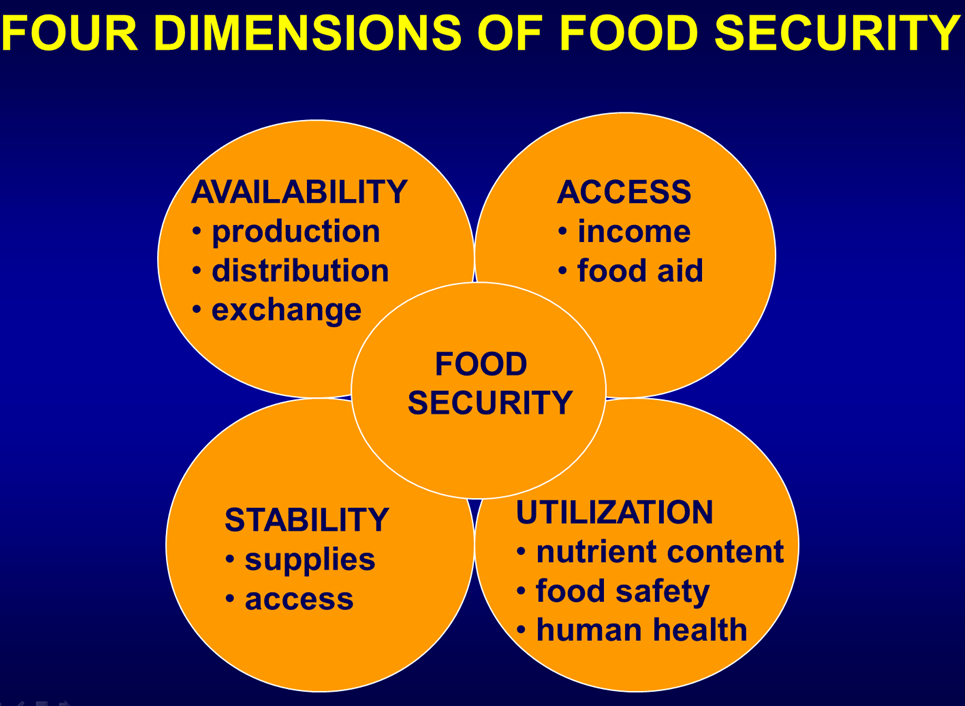
The issue of food in terms of feeding the world has never been one of supply but instead one of distribution as shown here in the 2017 UN World Hunger Map
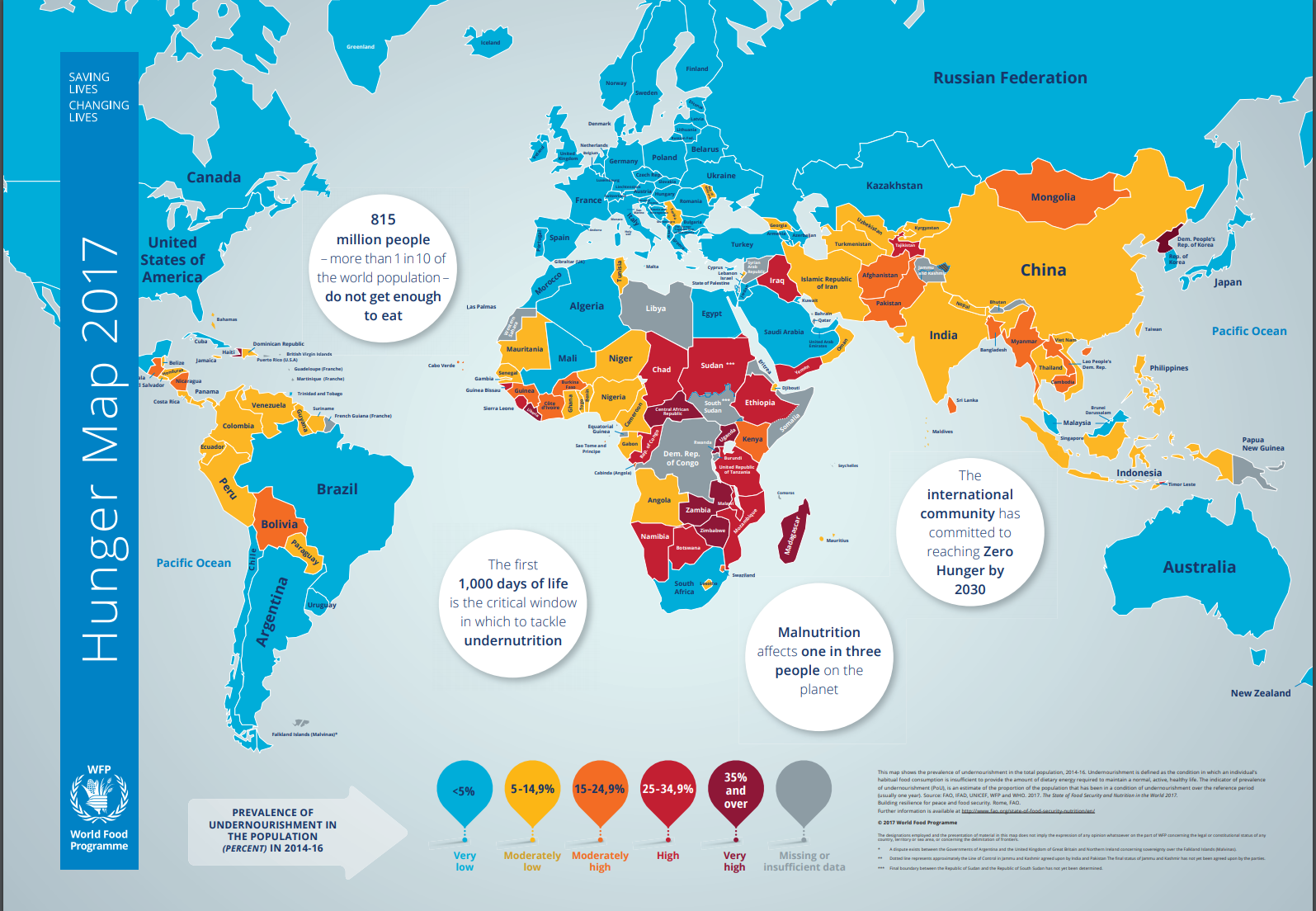
Since different parts of the world grow specific food for the rest of the world, then local climate change events can produce global food insecurity:
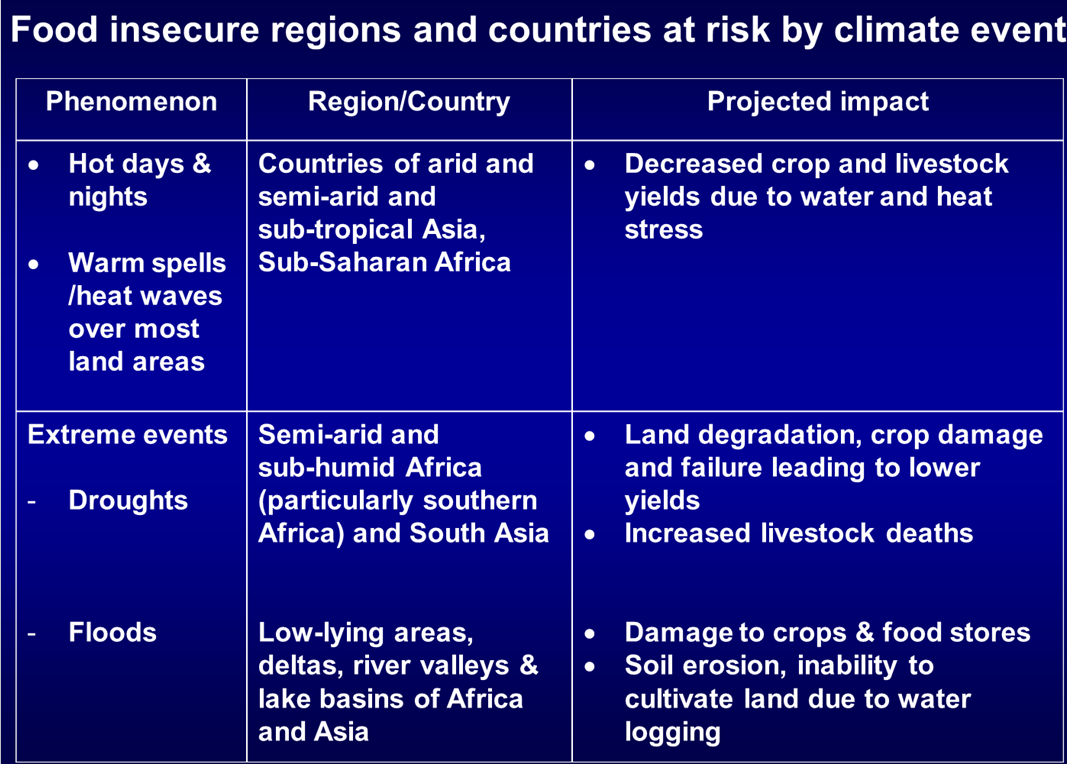
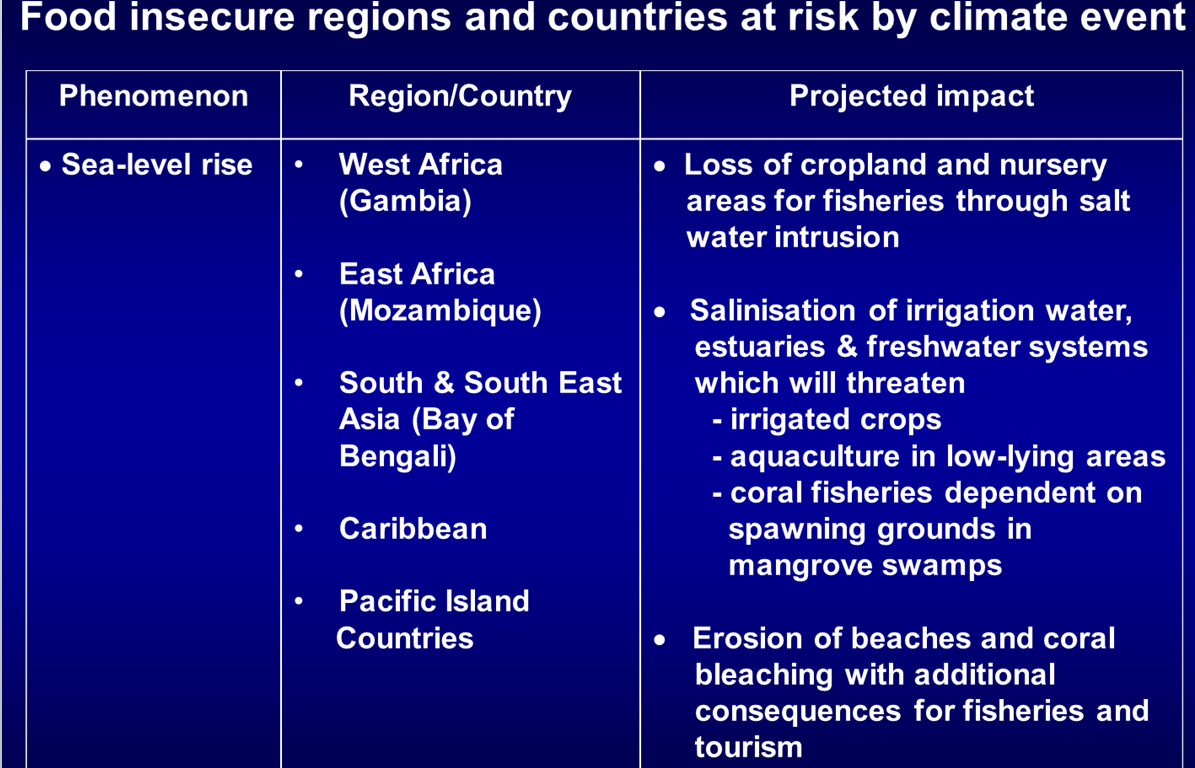
The situation in Africa is the most dire with several likely consequences to occur over the next couple of decades:
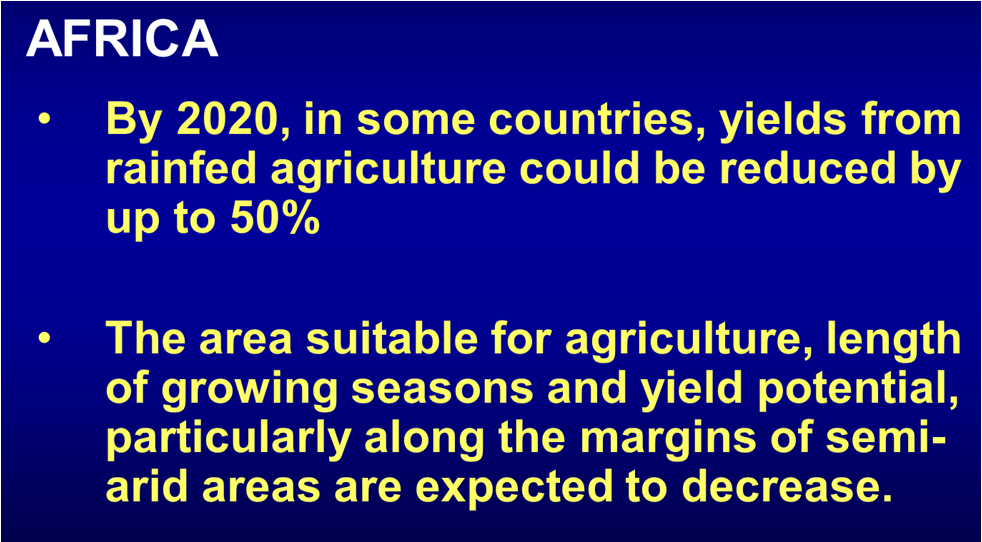
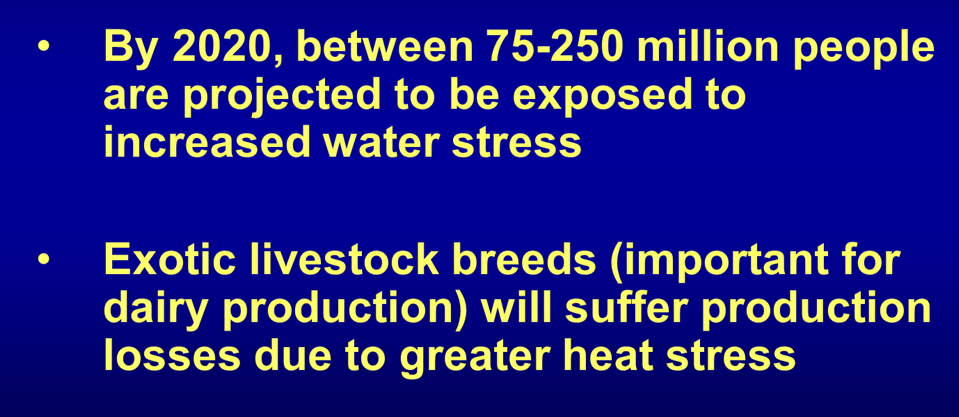
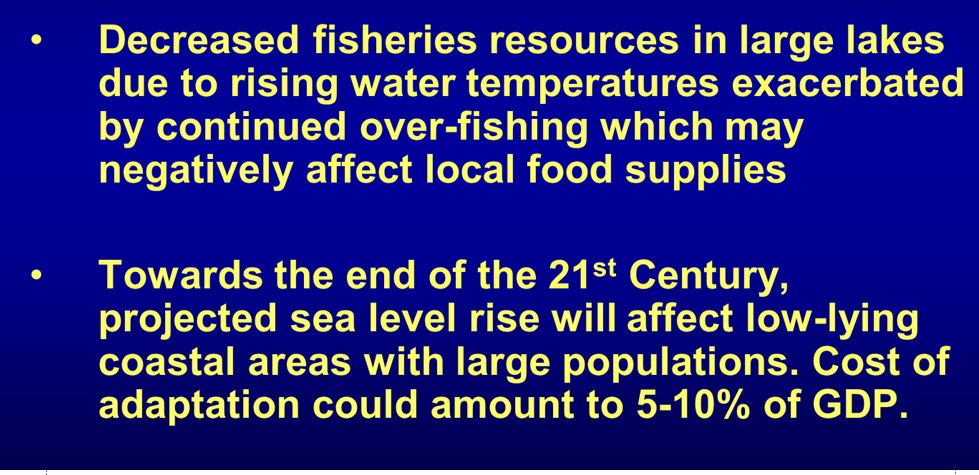
In Asia, the primary threat is related to rice stocks and fisheries.
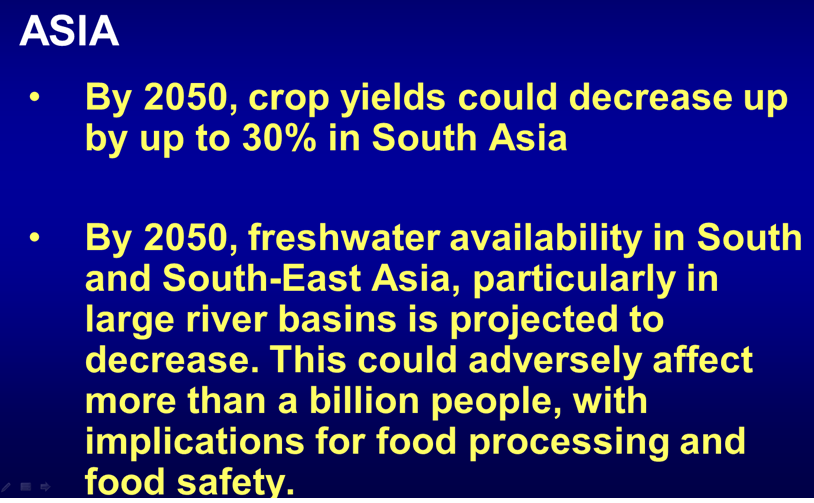
Already, it is well documened that the South China Sea has been pretty much devasated by overfishing triggered primarily by strong exponential growth in fish consumption.
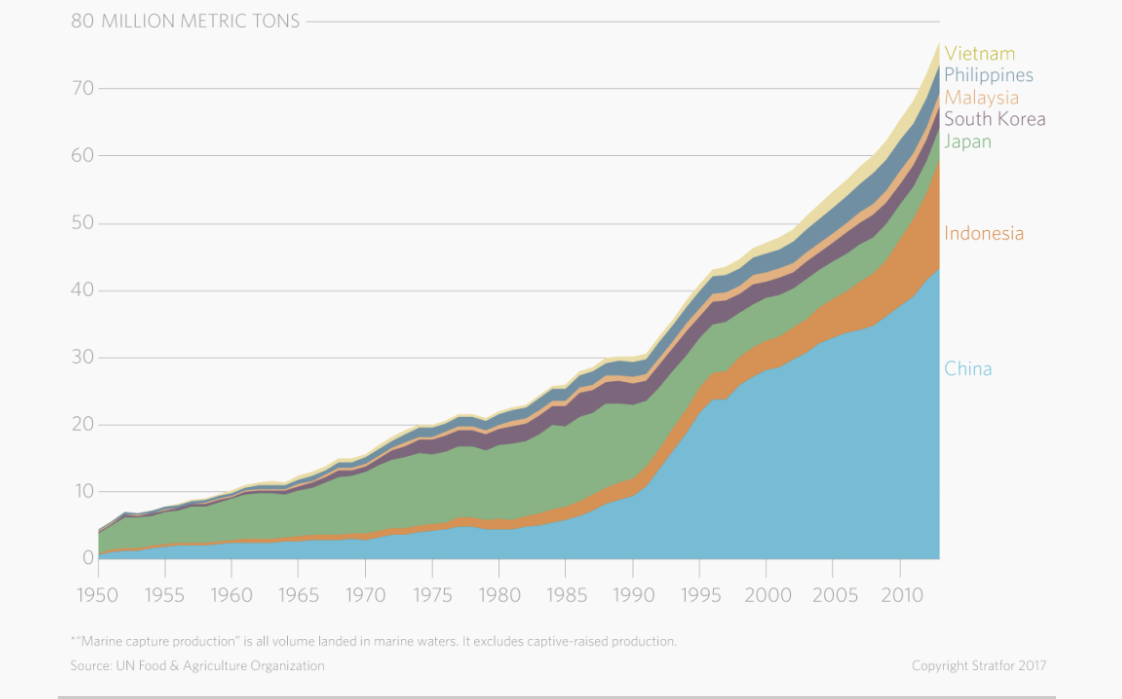
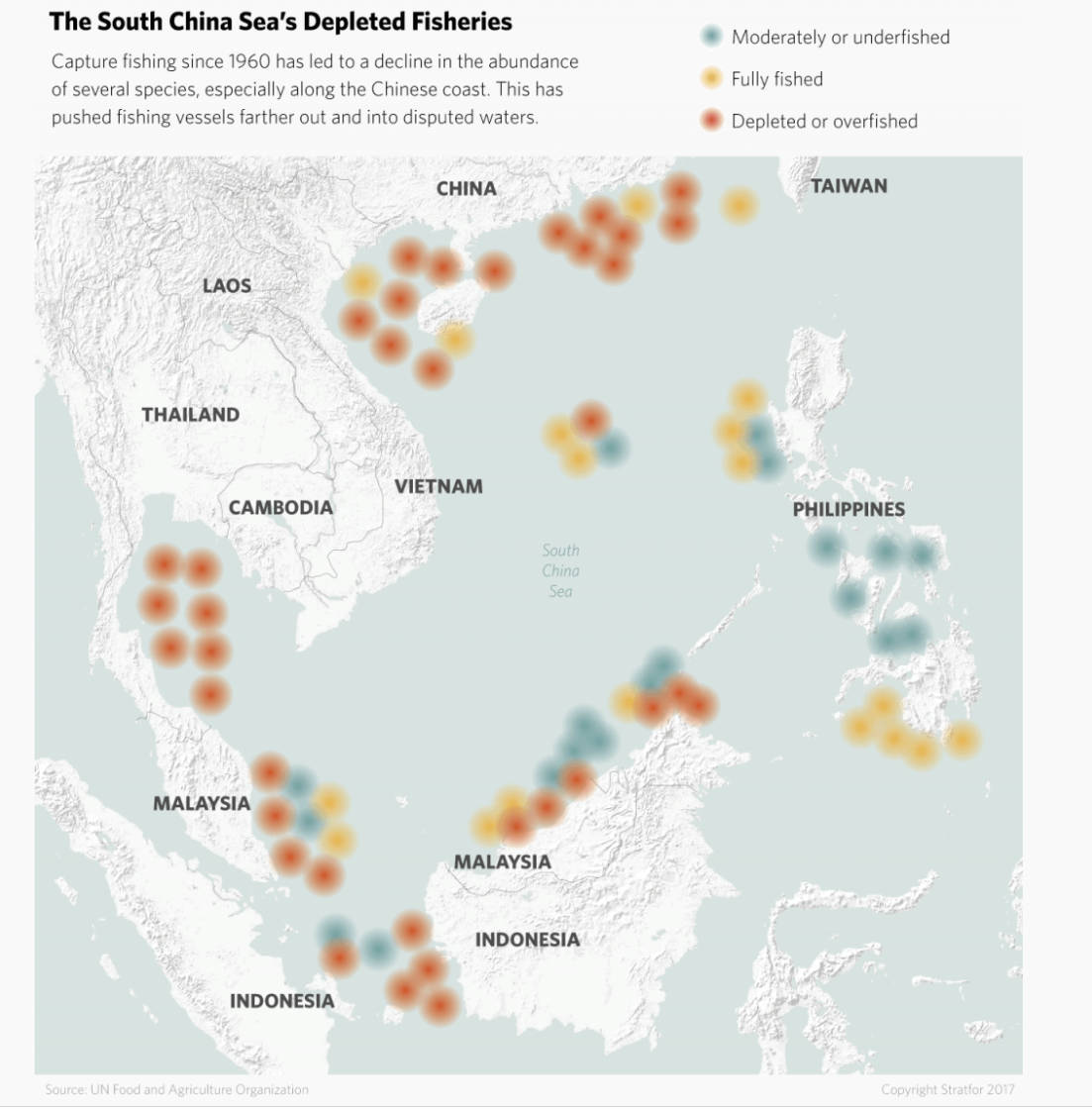
So adaptation and better future planning is sorely needed. Fro food security there are two types of adapation that each require different kinds of policy frameworks:

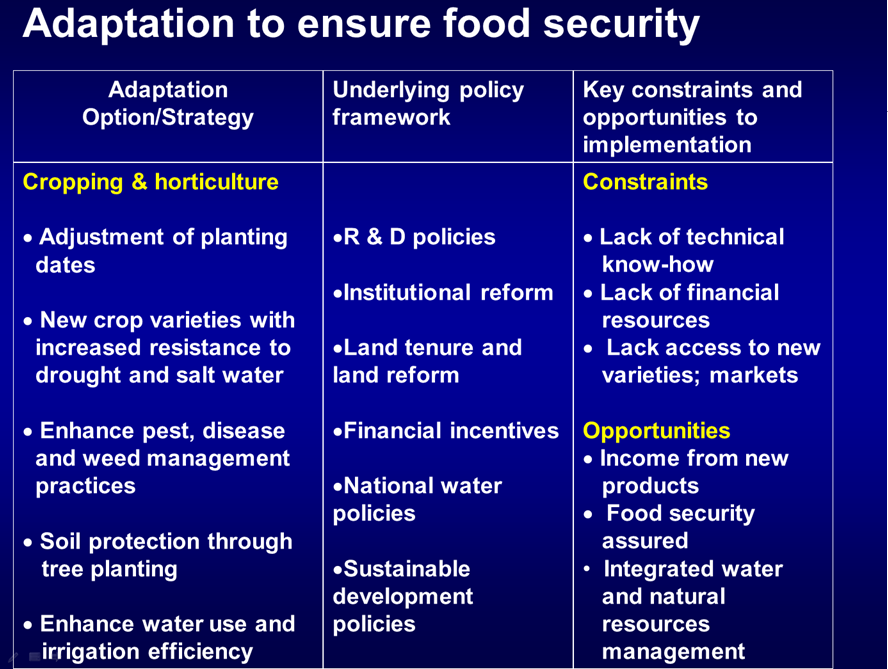
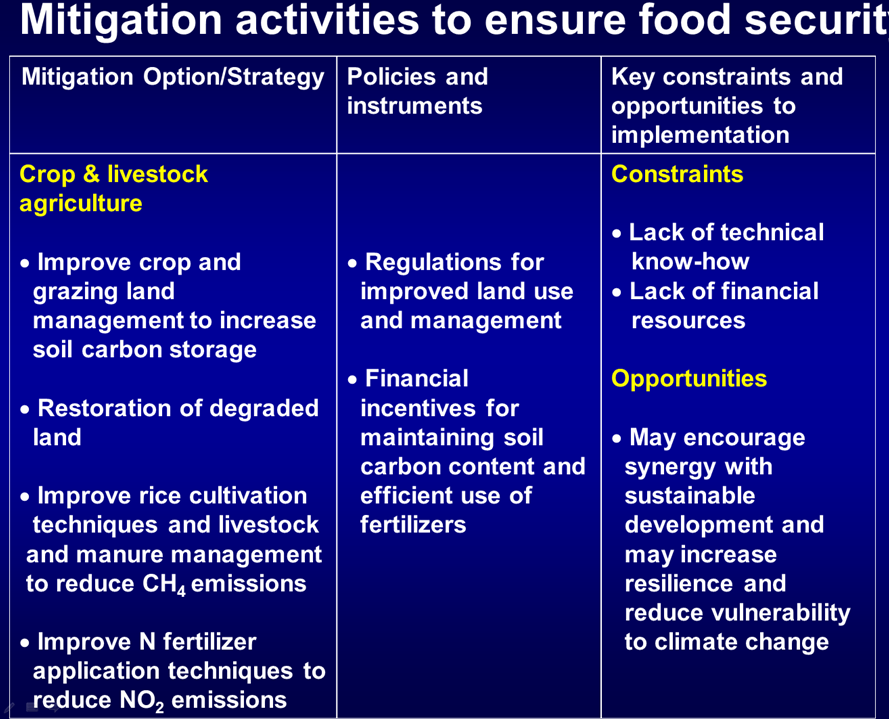
For a specific case example we consider the country of Iraq and its particular susceptibility fo global food price increases.
- The high import dependency (62% of cereals and 48% of meat) means it is vulnerable to rising global food prices.
- Despite the availability of land and water (Tigris and Euphrates), productivity of agribusiness is very low.
- 1.25 metric tons of wheat per hectare
- Poor agricultural practices
- The quality of research in Iraq is poor
- Poor interface between the science and practice.
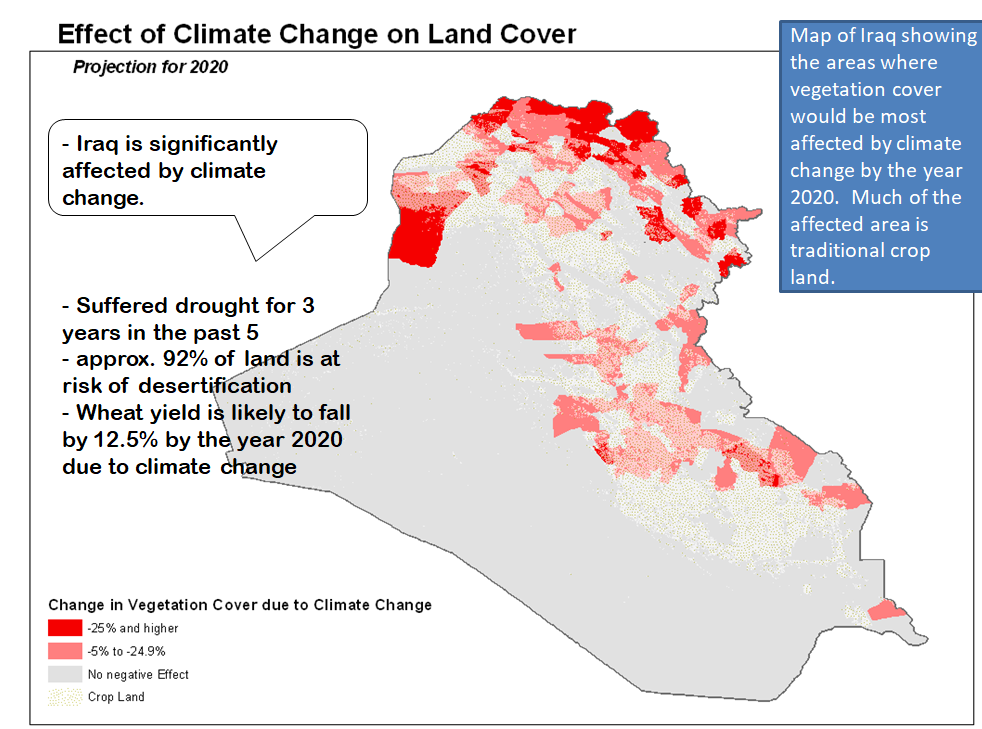
The projected impact of climate change for Iraq is then:
- Raise wheat import dependency from 64% (current) to as high as 76% (2020 projections)
- Rural income from agricultural production will fall by 8% by 2020
- Food intake will decline by 3--5 %
- Food deprivation will affect 150-300,000 individuals in the rural areas
On the global scale climate change and climate events in general lead to price spikes especially in the wake of certain kinds of export bans. This often leads to sharp increases in food, especially cereal, one of the reasons the Iraq is particularly vulnerable.
The 50 year history of the FAO food prices is shown below; The index uses 2002-2004 as its baseline (of 100)

From this, the following points can be noted:
- Various agricultural efficiency improvments in general lowered the cost of food until it reached a roughly constant phase fomr 1985 - 2005.
- The period of 2005-2010 was highly volatile (for lots of reasons) and saw two significant price hikes. The previous period of a price hike in 1974 was primarily due to the Arab Oil
Embargo.
- Since 2012 there has been a small decline in food prices which indicates and improved reseilency to climate events but all of this could change at a moment's notice.
|